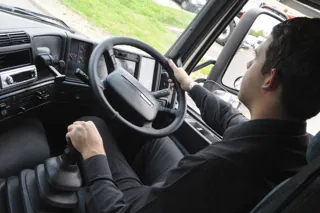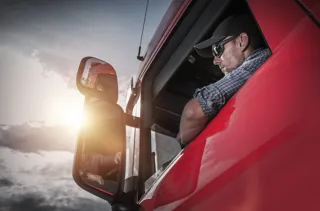With fleets tasked with running a more flexible, environmentally friendly fleet, Venson Automotive Solutions argues that upgrading to larger vehicles could deliver many advantages.
The fleet management specialist acknowledges it may not fit every business model, but Simon Staton, client management director for Venson, says upsizing can improve a business’s carbon footprint as well as reducing costs and boost productivity.
Furthermore, he said: “The socio-economic aspect of an upsize can give a competitive edge by demonstrating a responsible corporate image.
“It’s understandable that fleet managers may feel unsure of the process involved with upsizing, but with careful planning and strategic thinking, coupled with relevant guidance, evolving a fleet can be done smoothly and efficiently.”
Driver recruitment, vehicle and company compliance, licences and the complexities of moving up to commercial vehicles beyond 3.5t are all discussed in Venson’s free whitepaper ‘Operating Commercial Vehicles Beyond 3.5t GVW’.
To drive a vehicle beyond 3.5t (4.25t if electric) up to 7.5t GVW, requires a C1 licence, while a driver must be in possession of a specific HGV Class 2 licence to drive a truck over 7.5t GVW. However, a driver with a Class 2 licence can drive any rigid truck way beyond 7.5t.
Individuals that drive HGVs and Light Commercial Vehicles (LCVs) weighing 3.5ts (4.25t if electric) GVW and upwards professionally are also required to hold a Driver Certificate of Professional Competence (CPC) qualification as a legal requirement.
This is obtained by completing 35 hours of training followed by competency exams and the process needs repeating every five years for the driver to maintain legal compliance.
Staton said: “An average large delivery van can carry a load weighing 1,000 to 1,800kg, yet a 7.5 GVW truck can manage 3,000 to 4,500kg, a two to threefold increase, meaning the potential to run two less vehicles to carry out a similar workload is a viable option.
“When you factor in that a 16-tonne GVW rigid trucks’ carbon footprint isn’t usually vastly different to a 7.5t truck, then it’s even easier to comprehend the financial and emissions savings to be gained.”
























Login to comment
Comments
No comments have been made yet.